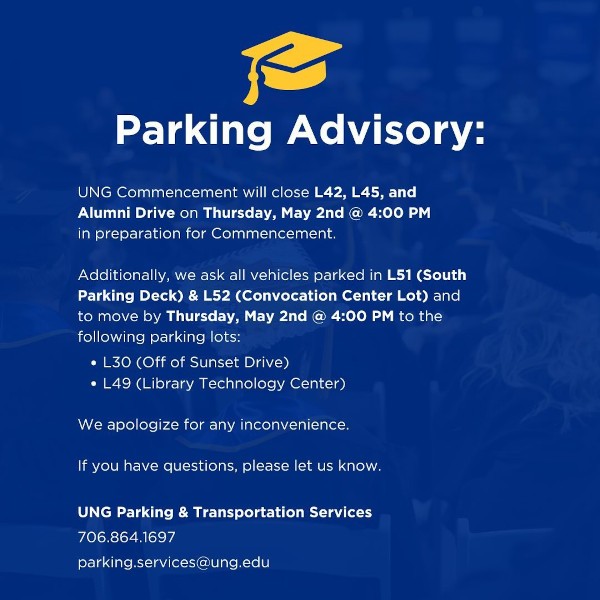With 18,219 students currently enrolled, the University of North Georgia experienced a growth of 5.4 percent for fall semester 2016.
Among Georgia’s public colleges and universities, UNG’s enrollment growth is just behind Georgia Tech and Georgia Southwestern State University, both at 7.2 percent. College of Coastal Georgia saw the highest percentage of enrollment growth at 12.7.
"This growth is a positive trend and reflects UNG’s consistent recognition as one of the best values in higher education," said UNG President Bonita C. Jacobs. "We are strategically managing this growth and have added 70 new faculty positions and 48 new staff positions so that we can continue to promote student success, maintain high academic standards, and access to student support services."
The enrollment numbers were released in the University System of Georgia "Fall 2016 Semester Enrollment Report," which breaks down enrollment by institution, class, race and ethnicity, in-state, out-of-state and international students, as well as gender and age.
Fall 2016 enrollment in the USG's 29 colleges and universities totaled 321,551 students, an increase of 1.1 percent over fall 2015.
"This is the third consecutive year we’ve seen our fall enrollment grow," said USG Chancellor Hank Huckaby. "As we expand access to public higher education, we are seeing an increase in high school students getting an early start, as well as a larger number of students pursuing graduate degrees."
Dual enrollment, which allows students to earn college credit while in high school, increased from 7,916 students across the university system in fall 2015 to 10,352 students in fall 2016, an increase of more than 30 percent. The increase can be attributed to the Move on When Ready program, which streamlined dual-enrollment programs and removed financial barriers to participation for students.
UNG had the second-highest number of dual-enrolled students within the USG with 852.
Student diversity also grew at UNG from 2015-16. The number of Hispanic students increased from 1,835 to 2,085, the number of Asian students increased from 552 to 610, and the number of African- American students increased from 732 to 829.
The full enrollment report can be accessed online.















